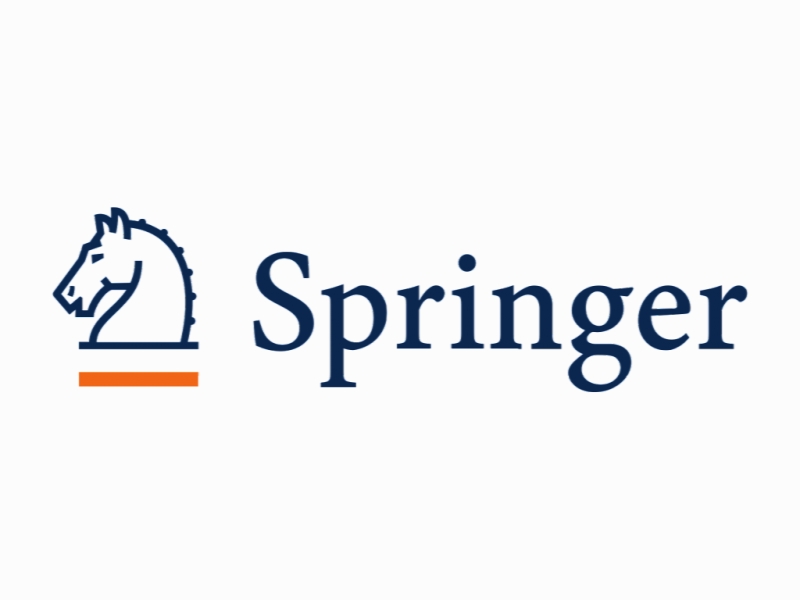عملکرد لرزه ای اتصالات لحظه ای شبکه کاهش یافته Seismic Performance of Reduced Web Section Moment Connections
- نوع فایل : کتاب
- زبان : انگلیسی
- ناشر : Springer
- چاپ و سال / کشور: 2018
توضیحات
رشته های مرتبط مهندسی عمران
گرایش های مرتبط سازه، زلزله
مجله بین المللی سازه های فلزی – International Journal of Steel Structures
دانشگاه Department of Civil – Construction and Environmental Engineering – Iowa State University – USA
منتشر شده در نشریه اسپرینگر
کلمات کلیدی انگلیسی reduced web section, plastic hinge, shear-moment interaction, beam-column connection
گرایش های مرتبط سازه، زلزله
مجله بین المللی سازه های فلزی – International Journal of Steel Structures
دانشگاه Department of Civil – Construction and Environmental Engineering – Iowa State University – USA
منتشر شده در نشریه اسپرینگر
کلمات کلیدی انگلیسی reduced web section, plastic hinge, shear-moment interaction, beam-column connection
Description
1. Introduction Many brittle fractures were observed in the beam-tocolumn connections of steel moment resisting frames (SMRFs) after the Northridge earthquake in 1994 and the Kobe earthquake in 1995 (Miller, 1998). In order to overcome this issue, some approaches have focused on increasing the stiffness of the connection, while others have focused on shifting the location of inelasticity away from the beam-column connection. In the latter case, the beam section can be intentionally weakened at a specific distance from the beam-column connection. As a result, plastic hinges will form within the reduced section of the beam away from the column’s face. Intentional reduction can be introduced in the flanges of the beam, creating a reduced beam section (RBS), or reduction can be introduced in the web of the beam, creating a reduced web section (RWS). Extensive experimental studies confirm that RBS connections develop high inelastic deformations and sustain acceptable plastic rotations (Engelhardt et al., 1998; Chen, 2001; Jin and El-Tawil, 2005; Ricles et al., 2004; Itani et al., 2004). However, investigations about the RWS connections are still scattered and scarce. The results of limited analyses carried out by Kazemi and Hoseinzadeh Asl (2001) showed that the frames with RWS connections can provide at least the same level of seismic improvement as frames with RBS connections. Lepage et al. (2004) used the reduced web section beams in SMRFs, and the reduced zones of the beams were modeled using uncoupled rigid-plastic springs. Moreover, nonlinear behavior and ultimate capacity of plate girders utilizing circular or rectangular web openings were investigated by Shanmugan et al. (2002). It is important to note that utilizing RBS connections can cause a reduction in frame stiffness, and this reduction may lead to at least 4 percent increase in story drift ratio (Lee and Chung, 2007). However, introducing a perforation in the beam web does not have a significant effect on the lateral stiffness of the frame. Experimental studies have shown that seismic energy will be dissipated by local deformation in the perforated regions of the beams in the case of severe earthquake action. In these beams, the expected failure mode of a ductile frame, i.e., ‘strong column but weak beam’ and ‘strong connection but weak component’, will be reached, which will improve the seismic behavior of SMRFs (Qingshan et al., 2009). Previous investigations have demonstrated that RWS steel beams with various opening shapes and sizes behave similarly in terms of deformed shapes under a wide range of applied bending moments and shear forces (Liu and Chung, 2003; Kazemi et al., 2012). Moreover, the failure modes are common among all beams, namely, shear failure, exural failure and Vierendeel mechanism, depending on the loading, the support conditions of the beams and the location of the web openings along the beam length. Furthermore, the load-deflection curves of RWS steel beams with different perforation shapes and sizes are also very similar to each other (Liu and Chung 2003; Kazemi et al., 2012). Experimental tests have shown that using L-shaped plates as stiffeners in the perforated area in RWS connections improves seismic performance of steel moment frames (Mirghaderi et al., 2013). In addition, Kazemi and Erfani (2007) proposed a shear-flexural mixed link element, called a VM link element that can be used for considering the interaction between the shear force and the flexural moment in reduced web beam connections.


